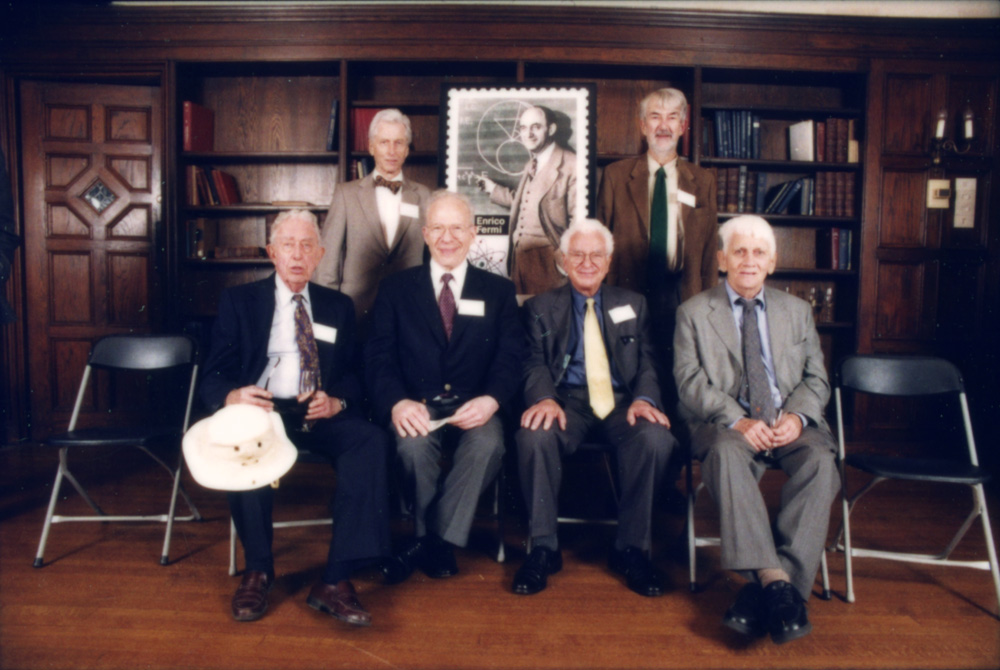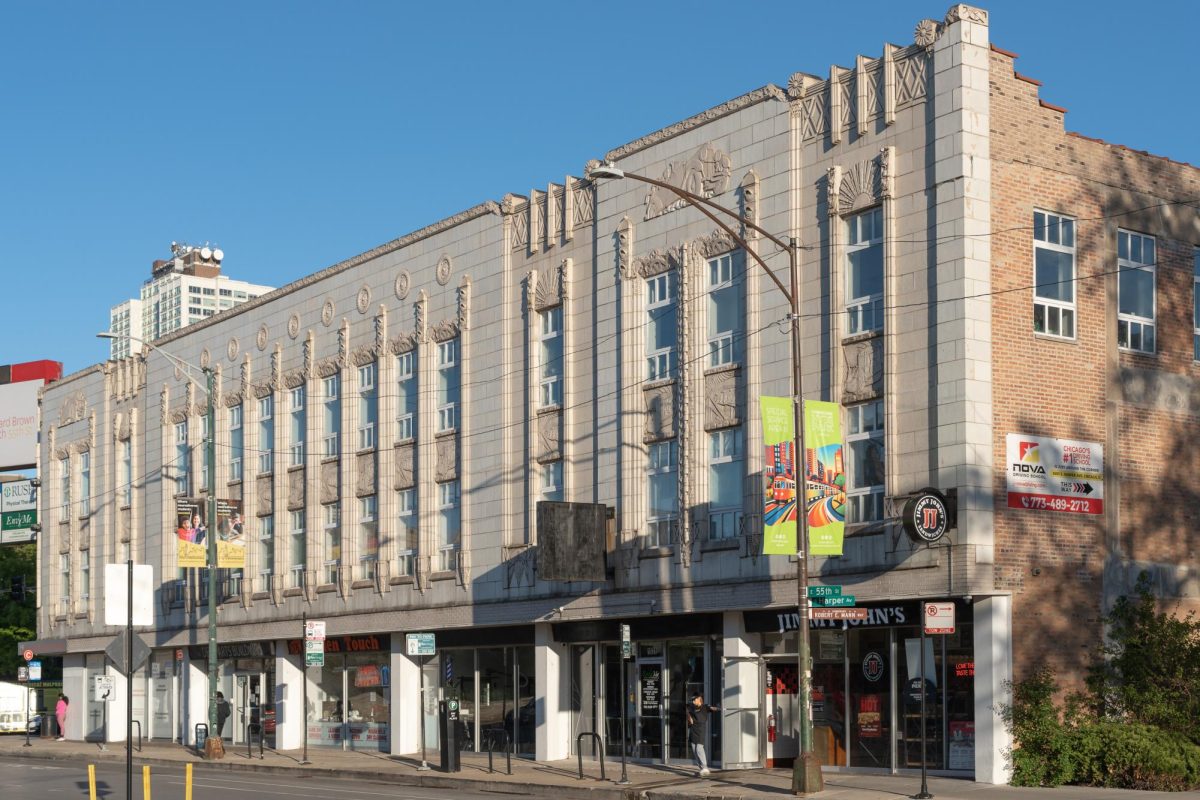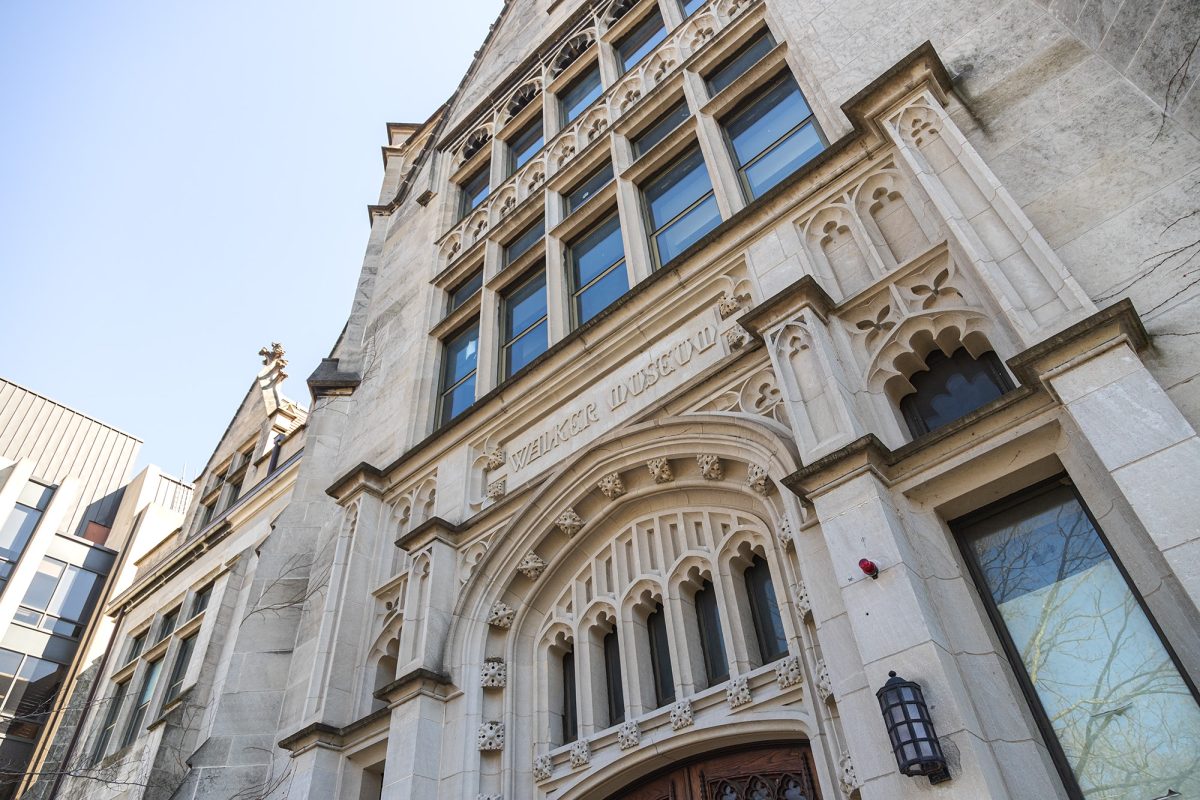My sister Caroline is in the process of moving back to New York for the summer. It seems moving out of an apartment in France is almost as hard as moving into one. She has appointments with a number of different inspectors from the gas, electric, and phone companies. Each, they say, will last about 2 hours and need to be at different times. Finals week at the University of Chicago isn’t looking so bad all of a sudden.In only slightly related news, the NYTimes ran a very interesting article last week about out-of-bounds skiing, that I’ve been meaning to comment on, but hadn’t got around to (Ed–TimesSelect subscription required). The article tells the story of two American friends/ski guides who died falling down a cliff while skiing out of bounds in the French Alps. The article originally caught my eye from the striking picture that accompanied the article, which was taken by another skier just before the fall who was with the two men that day and avoided the cliff. It also interested me because my roommate and I had skied that area just this past winter during a visit to see Caroline (La Grave is less than 2 hours from Grenoble by bus).What I found particularly interesting about the article was its examination of out-of-bounds skiing. In the U.S., as even casual skiers know, skiing outside of marked boundaries is strictly forbidden. Fear of lawsuits and general over-cautiousness has led ski resorts to use an iron fist on this matter, erecting barrier fences and sending out patrols to scold and sometimes expel anyone who tries to leave the groomed slopes. In Europe, however, the story is much different. The draws of out-of-bounds skiing are immense: there are no crowds, the views are better and more pristine, the snow is general untouched powder, and the runs are more technical and more challenging. European resorts, including those I have had the pleasure of visiting in Italy and France, do nothing to stop those who want to venture off the map, and often times, encourage it. Out-of-bounds runs are “marked” in that they are given a name on a map, but nothing else; no grooming, no caution tape, and no rules other than “at your own risk.”True, more people are injured on these slopes than in the U.S., but they are not nearly the death sentence assumed by many American resorts. If anything, it is a great illustration of the differences between American and European mindsets, in terms of how to approach risky activities and personal decisions. This is not much different, in my opinion, than the difference in drinking ages and over our different cultural policies about drinking.Speaking of skiing and drinking (yeah, that’s right), another great example that comes to mind is the fact that lunch spots on the slopes in Europe serve alcohol. I think you could probably find an American court that would convict a resort owner of negligent homicide for such an activity. By way of contrast, ski resorts in Italy sell their famous grappa actually on the slope: little huts pop up on the side of the slope on your way down–delightfully called “grappa-stoppas”–and serve shots to skiers mid-run.Oh yeah–and the mountains are really big in Europe.
Categories:
More about Europe: moving, skiing, and drinking
My sister Caroline is in the process of moving back to New York for the summer. It seems moving out o
May 27, 2006
0
Donate to Chicago Maroon
$10000
$10000
Contributed
Our Goal
Your support will ensure that we can continue producing powerful, honest, and accessible reporting that serves the University of Chicago and Hyde Park communities.
More to Discover








